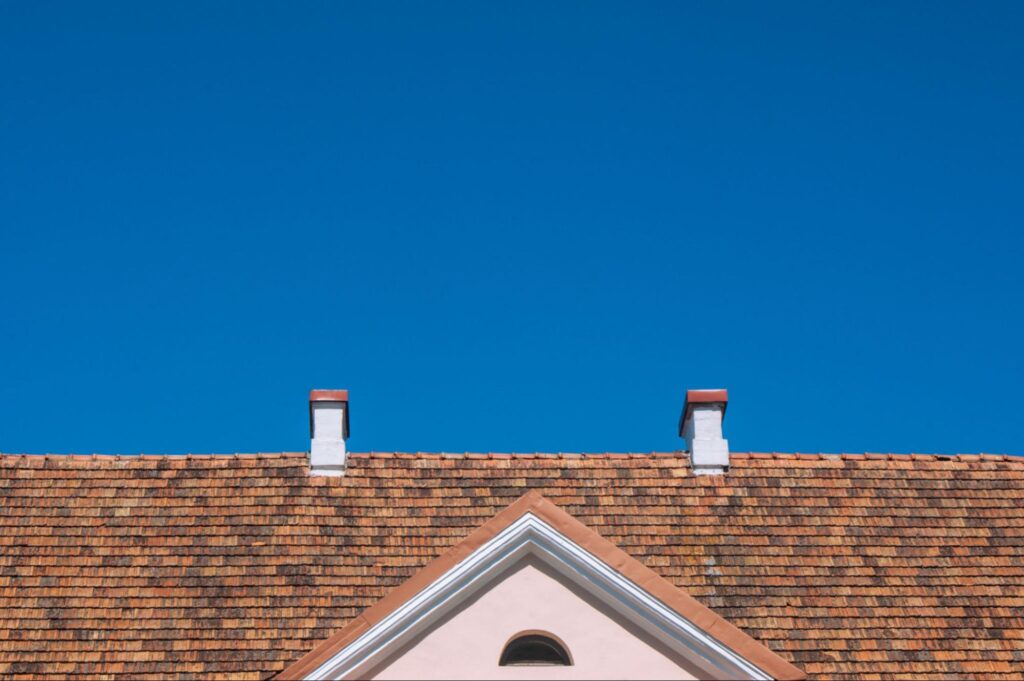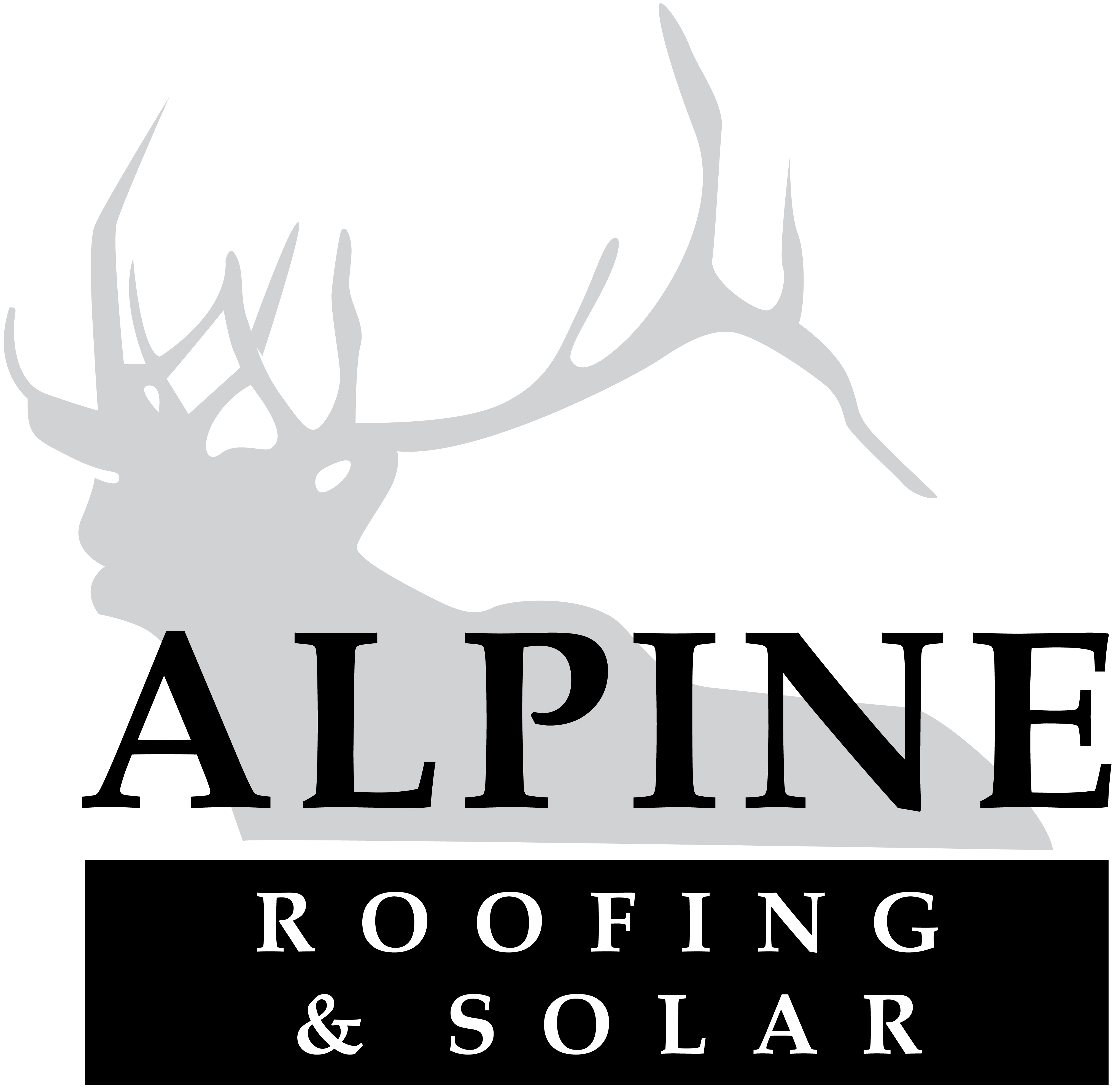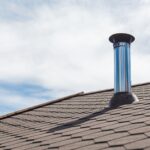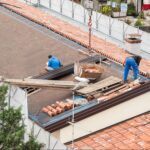If you’re researching the types of roofing available for your home or business in DFW, you’re in the right place. We’ve installed, repaired, and restored thousands of roofs across North Texas, and we know how the right choice can protect your property, boost curb appeal, and keep costs predictable for years. In this guide, we break down the main types of roofing, what each does best, and how to choose based on climate, budget, and maintenance. Whether you’re comparing architectural shingles to metal or weighing low-slope options like TPO and BUR, we’ll help you make a confident decision. And if you’d like expert eyes on your roof, our team offers thorough inspections and clear recommendations tailored to DFW’s weather.
How To Evaluate Roofing Materials
Choosing among the many types of roofing starts with a few practical filters. Think climate, lifespan, total cost of ownership, and who’s going to service it 10 years from now. Here’s how we evaluate every option for our clients.
Climate And Weather Exposure
DFW brings hail, high winds, sudden temperature swings, and long stretches of heat. Materials with good impact ratings and thermal stability tend to perform best. Architectural asphalt shingles with upgraded impact resistance, standing seam metal, and properly fastened tile systems all handle storms better than entry-level options. Ventilation and underlayment quality matter just as much as the surface material for keeping attics cool and decking dry.
Budget, Lifespan, And Total Cost Of Ownership
Up-front price is only part of the story. Architectural shingles are cost-effective and typically last 20–30 years when properly installed. Metal systems cost more initially but can double that lifespan with minimal upkeep. Slate and high-end tile can go even longer but may require structural considerations. When comparing types of roofing, factor in maintenance, energy savings, potential insurance discounts, and resale value.
Aesthetics, Weight, And Local Codes/HOA
Your roof sets the tone for the whole property. Architectural shingles deliver depth and shadow lines, metal offers clean modern profiles, and tile or slate bring classic, upscale character. But weight matters, and tile or slate can require structural upgrades. Local codes and HOAs may specify fire ratings, colors, or styles, so we always verify requirements before finalizing a selection.
Energy Efficiency And Sustainability
Light-colored or reflective surfaces reduce heat gain. Energy-efficient choices include cool-rated shingles, reflective metal finishes, and white single-ply membranes for low-slope roofs. Recyclability is a plus with metal, while some composites use recycled content to deliver the look of slate or shake without the maintenance.
Maintenance, Repairability, And Contractor Availability
Common systems like architectural shingles and TPO are widely serviceable, which keeps repairs affordable. Specialty materials such as slate or clay tile look incredible but require experienced crews and specific parts. Choose types of roofing that you can maintain locally, and make sure the installer offers solid workmanship warranties and periodic maintenance.
Ready for a professional assessment? Schedule an inspection and explore our roofing services, or contact our team to get started.
Pitched Roof Materials

When most people think of the types of roofing on Texas homes, they’re picturing pitched systems. Here’s how the leading options compare in real-world use.
Asphalt Shingles (3-Tab, Architectural)
Asphalt shingles remain the most popular for good reasons: value, versatility, and broad color choices. Three-tab shingles are the entry tier, while architectural shingles are thicker, more durable, and add a layered look that boosts curb appeal. Impact-rated architectural shingles can improve storm resilience, smart for DFW’s hail seasons.
Metal Roofing (Standing Seam, Metal Shingles)
Metal brings long service life, strong wind performance, and excellent heat reflectivity with the right finish. Standing seam panels create sleek vertical lines with minimal exposed fasteners, while metal shingles mimic slate, shake, or tile with less weight.
Clay And Concrete Tile
Durable and distinctive, tile excels in heat and offers superb color retention. Concrete tile is generally more affordable than clay and comes in many profiles.
Natural Slate
Slate is heirloom-grade, classic, fire-resistant, and capable of century-long service when installed correctly.
Wood Shingles And Shakes
Warm, organic texture pairs beautifully with certain architectural styles. Shakes are thicker and more rustic, while shingles are more refined.
Synthetic/Composite (Slate, Shake Alternatives)
Modern composites replicate the look of slate or cedar without the weight and with far less upkeep.
Stone-Coated Steel
A hybrid that delivers metal’s strength with profiles that resemble shingles, shake, or tile.
Thinking about which pitched system fits your home best? Explore our Roofing Services for guidance or reach out to us for personalized recommendations.
Flat And Low-Slope Roofing Options
Commercial buildings and some residential additions in DFW use low-slope assemblies. These types of roofing rely on watertight membranes and layered systems.
TPO And PVC Single-Ply Membranes
Both are heat-welded thermoplastic membranes known for reflective white surfaces and strong seams. TPO is widely used for its value, while PVC offers excellent chemical and grease resistance.
EPDM Rubber Roofing
A black synthetic rubber membrane valued for flexibility and durability.
Modified Bitumen (SBS/APP)
Factory-modified asphalt sheets installed in multiple plies using cold adhesives, heat, or self-adhered methods.
Built-Up Roofing (BUR)
Traditional multi-ply asphalt and felt system with a protective cap sheet or gravel.
Roof Coatings (Acrylic, Silicone, Urethane)
Coatings extend life and improve reflectivity on suitable substrates.
Need help selecting a low-slope system? Our team can inspect and recommend the right path. Start with our roofing experts or contact us directly.
Restoration And Replacement Paths

No matter which types of roofing you choose, there will come a time to repair, restore, or replace. The right path protects your investment and controls costs.
Repair Vs. Re-Roof (Overlay) Vs. Full Tear-Off
Repairs are ideal for isolated damage, overlays can extend life under certain conditions, and full tear-offs deliver the best long-term results.
When Coatings Make Sense
Restorative coatings can seal seams, add reflectivity, and buy years of service at a fraction of replacement cost.
Ventilation, Underlayments, And Insulation Upgrades
Balanced ventilation and quality underlayments improve roof performance and interior comfort.
If your property needs storm recovery or a structured restore-versus-replace plan, explore our Restoration Services or book an on-site evaluation.
Conclusion

From architectural shingles and metal to TPO and BUR, the types of roofing available today give DFW property owners real flexibility on performance, style, and budget. The best choice balances local weather, long-term costs, and service support you can count on. We’re here to help you evaluate options with clear pros and cons and install a system built for North Texas.
Want expert guidance or a fast inspection? Visit our Roofing Services page, learn about storm recovery options, or contact us today.
Alpine Roofing is your trusted roofing company in DFW, Texas. We’re located at 7247 Kentish Dr, Fort Worth, TX 76137. For inquiries, call us at +1 682-257-4631 or email info@alpineroofingandsolar.com. We look forward to serving you.
Frequently Asked Questions
What are the main types of roofing for pitched homes in DFW?
Common types of roofing include asphalt shingles, metal, tile, slate, wood, synthetic composites, and stone-coated steel. Architectural, impact-rated shingles and standing seam metal perform well in DFW’s hail and wind.
How should I choose between types of roofing in North Texas?
Match materials to DFW’s hail, wind, and heat. Prioritize impact ratings, proper ventilation, and quality underlayment. To learn more, visit our roofing services page.
What types of roofing work best for low-slope buildings?
TPO and PVC single-ply membranes are excellent for reflectivity and seam strength, while EPDM, modified bitumen, and BUR provide durable alternatives. Our roofing specialists can help you choose based on your property needs.
How long does each roofing material typically last?
Typical lifespans range from 20 to 100 years depending on material and maintenance. Schedule an inspection to assess your roof’s current condition and estimate remaining life.




